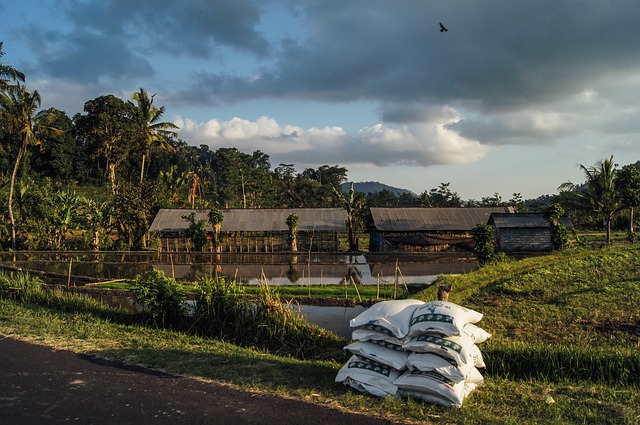Keyword:
Publish time:12/29/2017 12:00:00 AM Source: CCM
Information collection and data processing: CCM
For more information, please
contact us
China’s phosphate
fertiliser price will continue to grow in the coming year, due to increasing
raw material prices, beneficial export policies, and sluggish demand from
compound fertiliser manufacturers.

In
December 2017, China’s phosphate fertiliser price fell slightly the first days
but was able to rebound in the middle of the month again. The reason for the
rebound can be found in the supply shortage of the raw material synthetic
ammonia, which is caused by the gas shortage in China at the moment.
In
the beginning of December, all-natural gas-based chemical fertiliser
manufacturers, including those who produce synthetic ammonia, in some of China’s
northern provinces had halted production in order to ensure natural gas for
heating purposes in North China. For example, market insiders are expecting the
daily gas shortfall in Sichuan Province and Chongqing Municipality will reach
about 2,000 m3 this winter if the temperature remains unexpectedly low, and has
therefore reduced or cut off the supply of gas to some of its subsidiaries,
saving one million m3 of natural gas every day.
At
the beginning of this month, downstream compound fertiliser manufacturers
hesitated to purchase MAP triggered by their poor winter fertiliser presales
and production limitations in Central China. Given this, domestic MAP price
declined.
China's
DAP price remained stable and then slightly increased. Few transactions were
made in the DAP market in early Dec., so manufacturers mainly maintained
production to fulfil previous orders. However, China's DAP exports were better
than MAP. On top of that, China's DAP factories remained low operating
rates, restrained by tight phosphorus ore supplies and environmental protection
inspections and reducing DAP market supplies.
Further price growth in
2018
According
to market intelligence firm CCM, China's phosphate fertiliser price will likely
continue to rise slightly in the beginning of 2018, caused by the increasing
raw material prices, beneficial export policies, and sluggish demand from
compound fertiliser manufacturers.
At
present, some synthetic ammonia manufacturers have halted production resulted
from natural gas shortfalls, leading to stringent market supplies. The
production limitation of chemical enterprises is likely to last until Feb. and
March 2018.
The
zero exports tariff on phosphate fertiliser will remain valid. Since China's
phosphate fertiliser price kept at a high level in H2 2017, the competitiveness
of domestic phosphate fertiliser manufacturers against their international
counterparts slightly decreased. Especially China’s diammonium phosphate
manufacturers reduced their operating rates in 2017, due to the overcapacity.
China's
compound fertiliser price remained growing in December and producers held
strong willingness to increase quotations in view of low operating rates.
Compound fertiliser resellers held a wait-and-see attitude towards purchasing
due to the high price, so extremely few trades were actually made.
About this article
The
information of this article come from CCM, China’s leading market intelligence
provider for the fields of agriculture, chemicals, and food & feed.
For
a detailed market research on China’s fertiliser market, please check CCM’s monthly newsletter and the recently published industrial reports.
